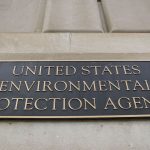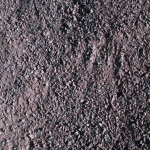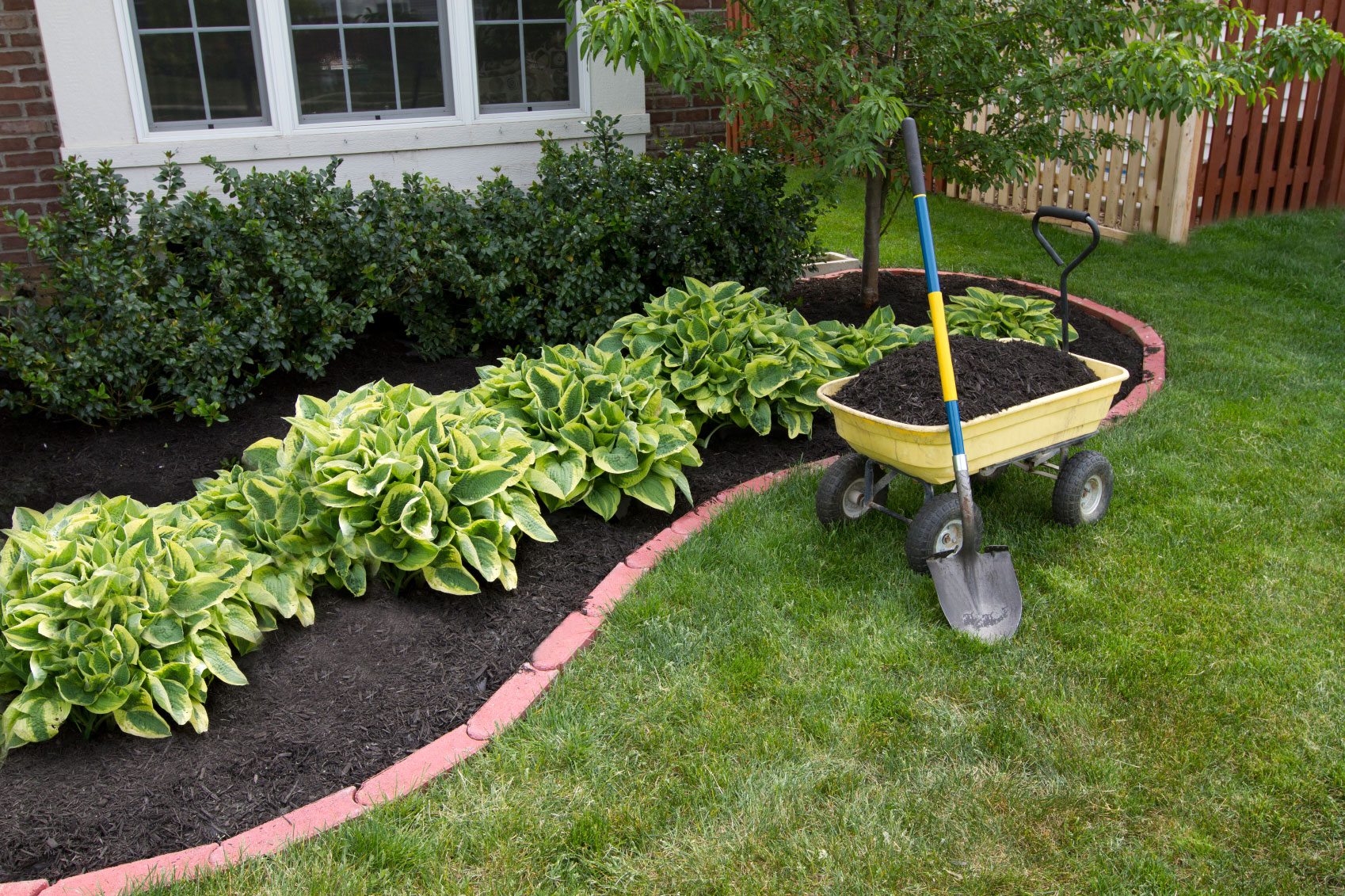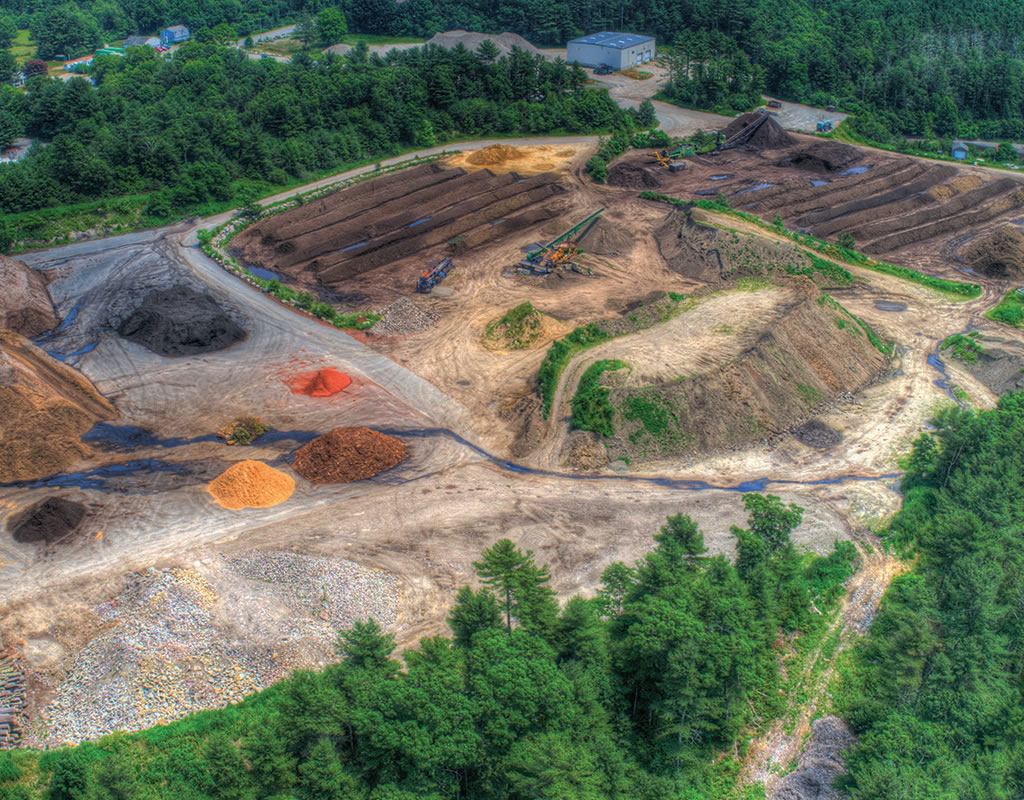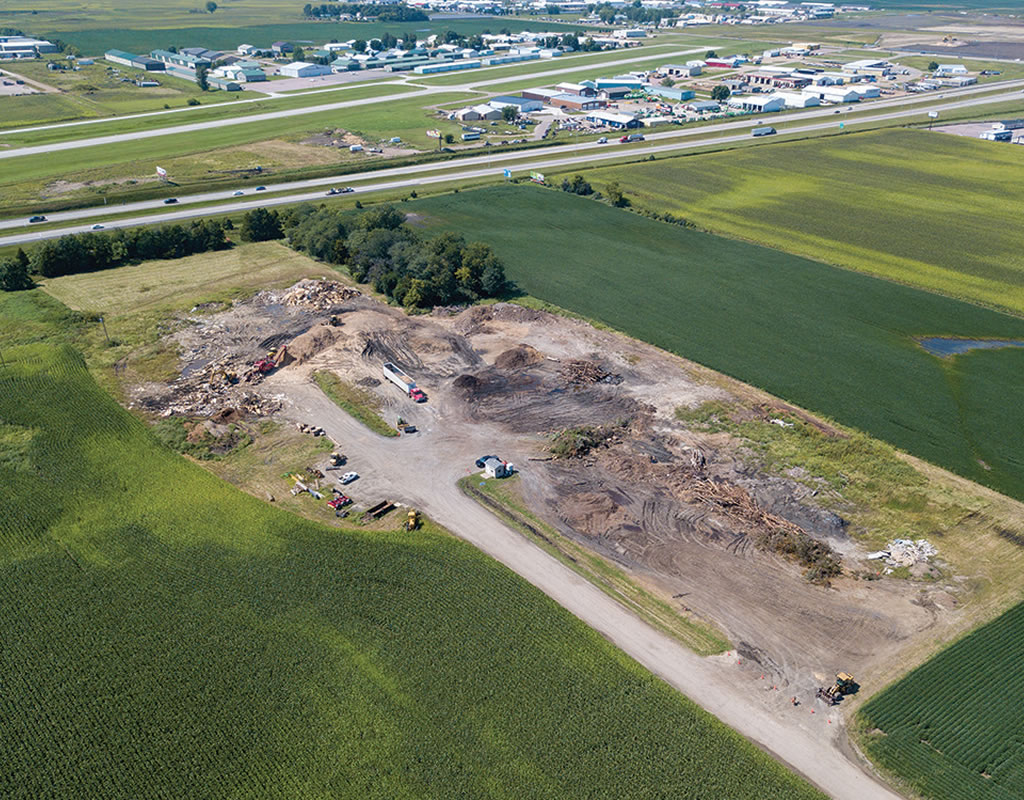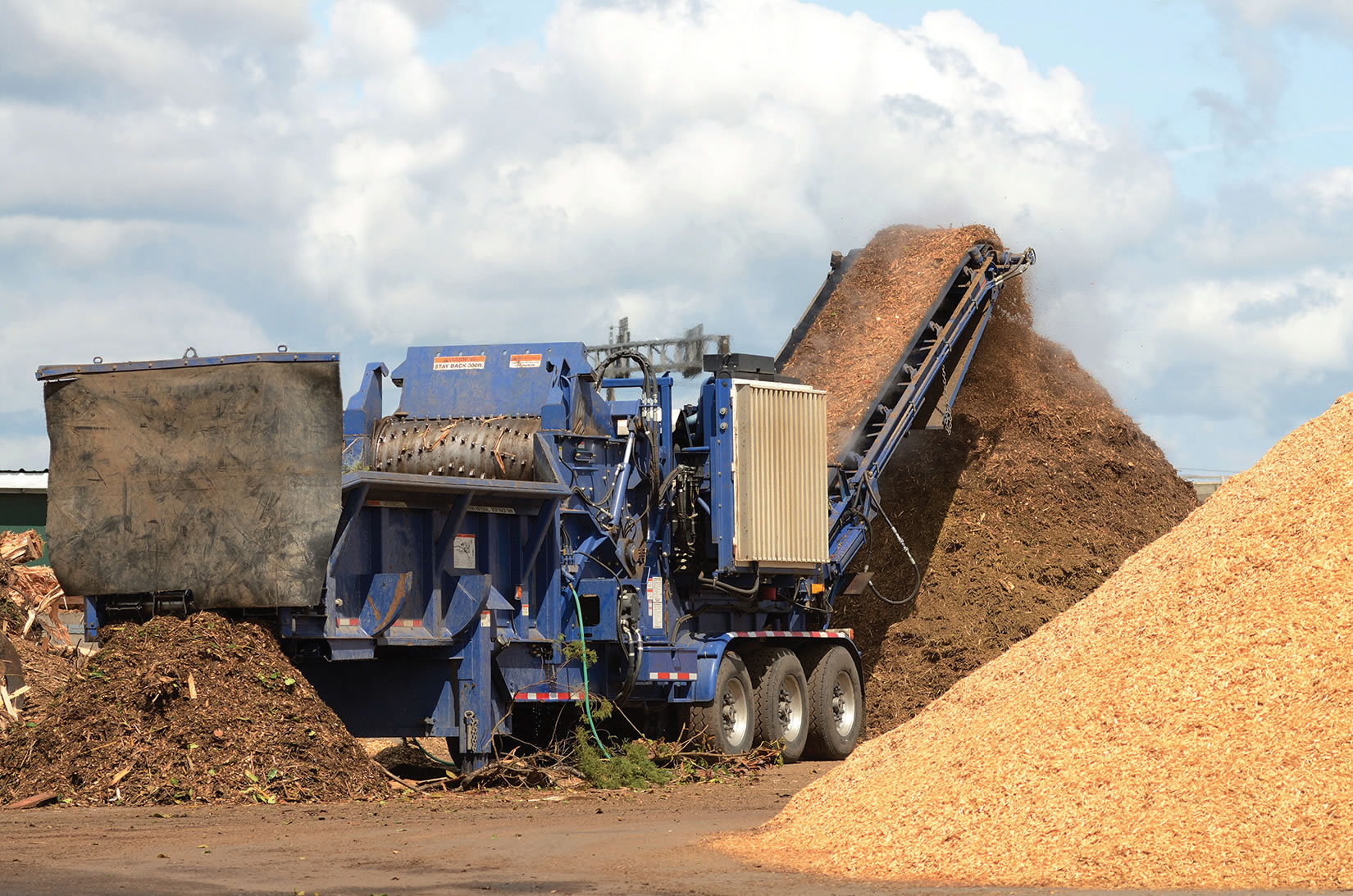By P.J. Heller
A study by Suffolk County (NY) health officials linking ground water contamination to nearby composting and mulch facilities — prompting New York State to consider new regulations on such operations — has generated numerous questions and widespread criticism and could have major implications nationwide for the industry.
“I personally think it’s a croc . . . ” says an irked Chris Sorge of Premium Mulch and Materials in Coram when asked about the study.
“What they did is completely statistically and scientifically invalid,” adds one industry consultant. “It’s a poorly designed study.”
The report maintains that ground water samples taken near 11 current or former vegetative organic waste management sites between 2011 and 2014 showed elevated levels of metals, especially manganese. Other metals found at levels at least twice those of typical county shallow private wells included arsenic, cadmium, chromium, cobalt, molybdenum and titanium. Radiation levels were higher than normal, according to the report. Also found were low concentrations of pharmaceuticals, personal care products and wastewater related contaminants.
The study in the Long Island communities was prompted after a previous investigation linked ground water contamination in a private well to operations at Long Island Compost/Great Gardens in Yaphank. Some 40,000 homes in Suffolk County are served by private wells and septic systems are everywhere.
“The concern on Long Island is we're a sole-source aquifer, so all of our drinking water comes from ground water,” explains Andy Rapiejko, associate hydrologist in the Suffolk County Department of Health Services’ Office of Water Resources. “We have no surface water or any other source of water other than ground water.”
Some of the most contentious and conflicting issues in the current study: what was responsible for the ground water contamination, where did it come from and the methodology used to gather the data.
“It’s possible these are contaminants that were in the composting material unintentionally or coming from other sources,” says Henry J. Bokuniewicz, a professor at Stony Brook University’s School of Marine and Atmospheric Sciences. “This is Long Island, for God’s sake. There are lots of other sources around.”
Bokuniewicz, however, believes the ground water contamination is directly linked to the composting and mulching sites.
No one interviewed for this article — including mulch and compost companies, government officials, trade organizations and other experts — could cite any location elsewhere nationwide where ground water contamination was definitively linked to compost or mulch facilities.
Frank Franciosi, executive director of the US Composting Council, said there were many unanswered questions in the study and called the findings “dumbfounding.”
“We have no evidence of any other jurisdiction claiming mulch or soil facilities cause ground water contamination for heavy metals, pharmaceuticals, personal care products or wastewater contaminants as is claimed in the LI studies,” adds Bob LaGasse, executive director of the Mulch & Soil Council. “It seems counterintuitive that processing natural wood products and organic soils would be targeted as a source of contamination when other, more probable sources such as auto salvage yards, mining operations and landfills are in, or in close proximity, to the study area and the study, itself, admits some confusion on the flow of underground water resources.”
Nevertheless, some people theorize that such a link exists, accounting for elevated levels of metals, including manganese, in the water. None of the handful of examples they cite have been scientifically proven; one case that showed high levels of manganese, for example, involved an Oregon wood waste dump from the 1970s. Manganese is a mineral that naturally occurs in rocks and soil and its level in ground water from natural leaching processes can vary widely depending upon the types of rock and minerals present at the water table, according to the Connecticut Department of Pubic Health. High levels of manganese are associated with toxicity to the nervous system causing serious health issues.
“I don’t think we can pooh-pooh it [the connection between mulch/compost and ground water], but I think we have to be careful and diligent about planning for these types of facilities because I truly believe that it can adversely impact ground water quality in addition to impacting people’s drinking water wells,” says Bill Warzecha, supervising environmental analyst with the Connecticut Department of Energy and Environmental Protection’s remediation division.
In its earlier study, Suffolk County tested compost directly on the site and found no elevated contaminants in the material. No such testing was done in the current study. Rather, 233 ground water samples were tested from 30 temporary profile wells and six permanent monitoring wells, all down-gradient from the compost/mulch facilities. Two surface water samples were also collected.
The county linked the ground water impacts to eight compost and mulch sites and said impacts were indeterminate at three locations. Rapiejko said the data was similar to results from the earlier study.
“At many of these other 11 facilities that we investigated, we saw a very similar contaminant fingerprint: elevated metals, elevated potassium . . . so the conclusion is left that these types of facilities appear to have impacted the ground water.”
Sorge of Premium Mulch is among those questioning the county’s findings. He offers numerous theories, including previous landfill use, mining activity, an illegal toxic dumping operation in which tons of contaminated material, including asbestos were left at several sites in Islip and contaminated flood waters from Hurricane Sandy.
“It just seems very odd to me,” Sorge says. “I really think the DEC (New York Department of Environmental Conservation) and whoever it is wants to put a clamp on either mulch producing or composting, but what are we supposed to do with the material. Do you want us to put it in a landfill? Is that what you want us to do?”
According to an environmental specialist familiar with the county’s study, the results of the study are invalid because it failed to test up-gradient from the compost/mulch sites.
“They just sampled down-gradient and they found contaminants, and they said, ‘OK, since they're down-gradient of the compost sites therefore they came from the compost sites.’ What's the big flaw there? They never took well samples above, up-gradient of the compost sites.
“If I was doing that for my dissertation or for a professor, they would have said go back to the study design because you can’t prove it. So what they did, they just made assumptions; we found it, therefore it must be the vegetative composting facility,” he says. “The crazy part of that is they even attributed things that are not at or in the compost at these facilities that are generating things that don't even exist there.”
Rapiejko admits that the “mechanism” causing ground water contamination was not investigated. The county’s “working theory” is that as rainwater passes through the compost/mulch piles, biological activity uses up the oxygen in the water. As that low oxygen water seeps into the ground, it releases metals already in the soil, which then go into the ground water.
Bokuniewicz, a professor of oceanography, says that while the compost and mulch piles “may not be the actual culprit for all the contaminants that they’re finding and may not actually be the source of the contamination itself,” they are contributing to conditions in the soil that are releasing the contaminants into the ground water.
“These contaminants, these are things that are naturally occurring in the aquifer and they get released when the oxygen gets used up,” he explains.
“At this stage,“ he says, “we believe the manganese and radium levels that caused some alarm — and some of the other more minor contaminants — came from the aquifer material itself, released under conditions of low dissolved oxygen in a plume from the composting facility. It is possible that some of the compounds came from different, nearby sources, unless the composting material itself was contaminated. That sort of fingerprinting is tough and I don't think we'll get that far.”
If rainfall passing through piles is the issue, Sorge suggests similar contamination would occur elsewhere through natural decomposition when it rains on leaves and grass clippings on the ground.
Bokuniewicz agrees, but contends it is a matter of “intensity.”
“The question is do they deplete the oxygen to the level that you start to release these other contaminants from the aquifer,” he asks. “Wherever you have this source of fuel for the biological communities that already exist in the soil you’re going to have this process going on. It’s just a matter of the intensity of the process.”
Questions remain about pharmaceuticals and personal care products in the ground water.
Asked where those materials would come from in a compost/mulch facility, Rapiejko says he simply doesn’t know.
“That’s a good question. It shouldn’t be there. We do see those kinds of products at low levels, but when we do see them . . . they are usually associated with some type of septic waste,” he says, noting the majority of homes and businesses have their own septic systems that discharge directly into and onto the ground.
Wells put in 15 feet from a compost pile not only showed elevated metals but also pharmaceuticals at the top of the water table, he reports. Wells ranged in depth from 65 feet to 135 feet deep.
“The only thing we can conclude is these things [pharmaceuticals] are also coming from the compost,” he says.
In the earlier county study, surface water samples — puddles of rainwater that collected in a low spot next to a compost pile — showed pharmaceuticals and personal care products in the water.
“So that would say to me that it’s not somebody's cesspool,” Rapiejko says. “It wouldn’t be on the surface right next to the compost. The conclusion that you could make is that somehow, maybe, there’s some septic material getting mixed in with the compost. It’s a bit of a dicey subject because there are no facilities in Suffolk County approved by the state for biosolids or composting any of that material . . . There are some facilities that we did investigate that use manure, and also maybe some food products. Could some of these materials be mixed in . . . The answer is I don't know.”
However, what Rapiejko failed to mention was that local septic systems could easily have been a source of surface water contamination – located near mulch and compost piles – since septic field effluent will generally overflow into surface water during heavy rains and spring thaws. Also, the contaminants found in their surface water testing (household products and pharmaceuticals) are those most commonly found in septic systems.
Meantime, the state is moving ahead with efforts to control the compost and mulch industry through revisions to its solid-waste regulations. With those regulations on the horizon, Gov. Andrew Cuomo in December vetoed a bill regulating mulch facilities on Long Island. Two months later, he launched a series of statewide water quality initiatives, including proposed regulations for mulch facilities. If adopted, they would mark the first time the state regulated mulch sites.
“The proposed regulations will require facilities to establish water runoff management plans to protect ground water and place restrictions on pile size and storage to reduce the risk of fires, odor and dust,” Cuomo said in his announcement.
“In consultation with the Suffolk County Department of Health Services, DEC will review mulch and compost sites on Long Island to determine if any water quality issues exist from the operation of these facilities and develop appropriate remedial action if necessary.”
The state is accepting public comments through July15 on the proposed regulations. Public hearings and workshops are scheduled.
Rapiejko says he believes there are engineering solutions that can address the contamination issues.
“This is our drinking water, our ground water. My job is to protect it. If something’s impacting it, it should be addressed. I’m hopeful there will be some engineering solutions and requirements and maybe some monitoring aspects . . . It’s just really a matter of cost. I’m not against mulch or composting. It’s all necessary and needed.”
Warzecha agrees.
“Maybe we do have to pay closer attention to how this stuff is stored, managed and protected from the weather . . . if people nearby rely on drinking water from well water. The ingredients are there to create a problem and managing it properly will go a long way to avoiding a problem.”
Sorge, however, expresses concern about exactly what the regulations will require.
“My property hasn’t been tested. I don’t have anything to hide. I’m not looking to hurt anyone.” he says, adding that depending on the new rules, he might have to change his entire business plan.
To review the Suffolk County study please reference the following web link:
http://www.suffolkcountyny.gov/Departments/HealthServices/EnvironmentalQuality/FormsDocuments.aspx. Then click on the topic titled: Investigation of the Impacts to Groundwater Quality from Compost and Vegetative Organic Waste Management Facilities in Suffolk County.pdf. Anyone concerned about the study and/or the proposed regulations can submit comments to Suffolk County until July 15th.
Related News
Subscribe Today
Every other month, Soil & Mulch Producer
News brings you important stories about:
• New Technology
• Products
• Industry News
• Research Studies
Soil & Mulch Producer News features articles and services relevant to your daily operations.


